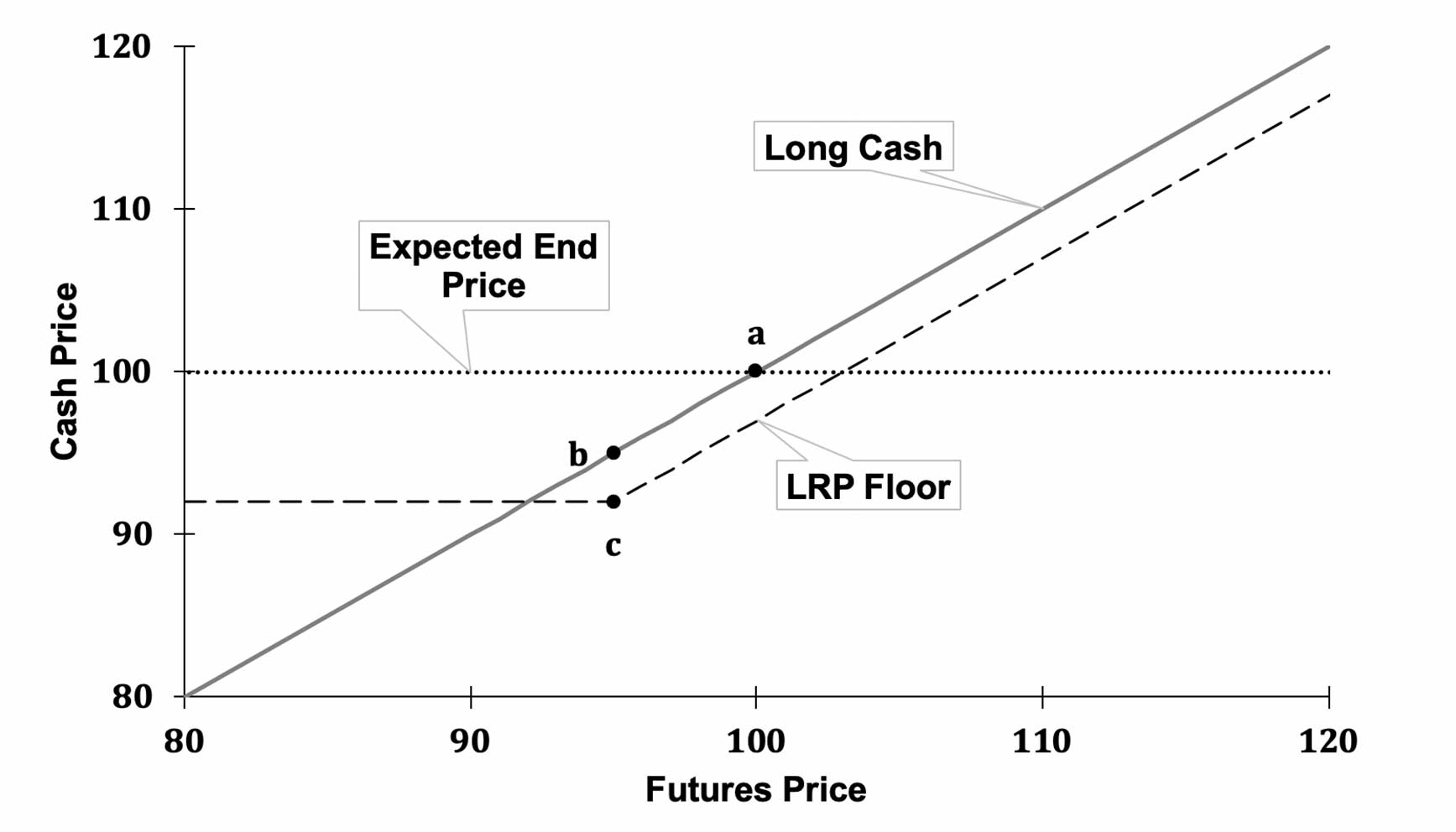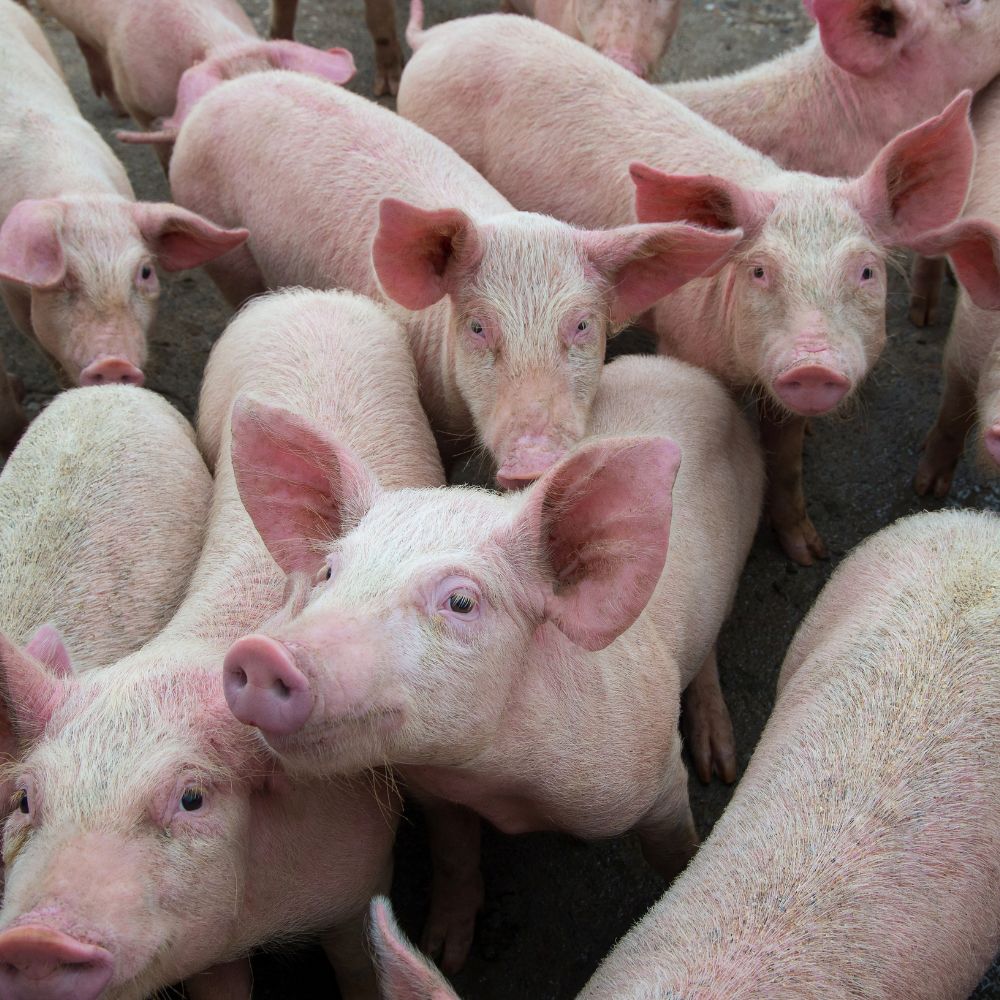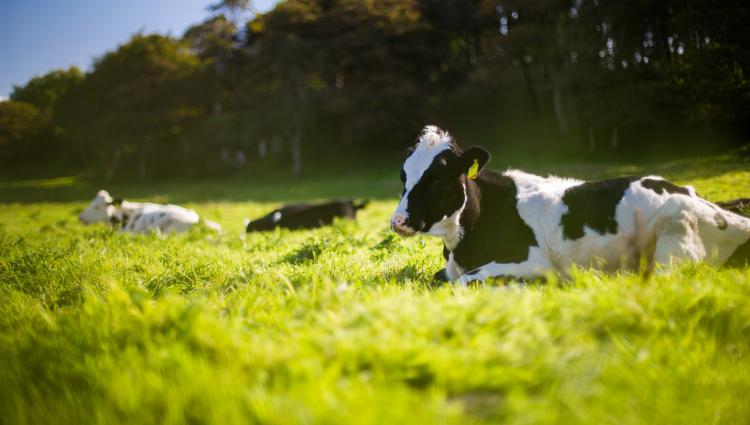Encourage Your Business: Bagley Risk Management Insights
Wiki Article
Recognizing Animals Threat Security (LRP) Insurance: A Comprehensive Overview
Navigating the world of animals threat security (LRP) insurance policy can be a complex venture for numerous in the farming market. From exactly how LRP insurance coverage functions to the numerous coverage options available, there is much to discover in this thorough overview that could possibly shape the means animals producers come close to danger monitoring in their organizations.

Just How LRP Insurance Policy Functions
Periodically, recognizing the mechanics of Livestock Danger Defense (LRP) insurance coverage can be intricate, however damaging down how it functions can offer clarity for farmers and herdsmans. LRP insurance is a risk monitoring tool developed to safeguard animals producers versus unforeseen price decreases. The plan enables producers to establish a protection level based upon their certain needs, choosing the number of head, weight variety, and protection cost. As soon as the plan is in area, if market value drop listed below the insurance coverage price, manufacturers can sue for the distinction. It is essential to keep in mind that LRP insurance coverage is not an income guarantee; rather, it concentrates only on price danger defense. The protection period normally ranges from 13 to 52 weeks, providing flexibility for producers to pick a duration that straightens with their production cycle. By making use of LRP insurance, farmers and ranchers can minimize the economic dangers associated with varying market prices, ensuring greater security in their procedures.Eligibility and Coverage Options

When it concerns protection alternatives, LRP insurance policy supplies manufacturers the versatility to pick the coverage degree, coverage period, and endorsements that finest suit their risk management requirements. Protection levels typically range from 70% to 100% of the expected finishing value of the insured livestock. Producers can also select coverage durations that line up with their manufacturing cycle, whether they are insuring feeder cattle, fed cattle, swine, or lamb. Endorsements such as rate risk protection can even more tailor protection to secure versus unfavorable market fluctuations. By recognizing the qualification criteria and protection options readily available, livestock manufacturers can make enlightened decisions to manage threat efficiently.
Advantages And Disadvantages of LRP Insurance Coverage
When examining Livestock Threat Defense (LRP) insurance policy, it is crucial for animals manufacturers to weigh the drawbacks and benefits integral in this risk monitoring tool.
One of the primary advantages of LRP insurance is its ability to offer security against a decline in livestock prices. In addition, LRP insurance coverage uses a degree of flexibility, enabling manufacturers to personalize coverage degrees and plan periods to match their details demands.
Nonetheless, there are likewise some disadvantages to take into consideration. One restriction of LRP insurance policy is that it does not shield against all kinds of threats, such as illness episodes or natural catastrophes. Moreover, premiums can occasionally be pricey, particularly for producers with big animals herds. It is critical for producers to very carefully analyze their specific danger exposure and financial scenario to determine if LRP insurance coverage is the ideal danger monitoring tool for their procedure.
Comprehending LRP Insurance Premiums

Tips for Taking Full Advantage Of LRP Conveniences
Taking full advantage of the advantages of Animals Risk Protection (LRP) insurance calls for strategic preparation and aggressive threat management - Bagley Risk Management. To maximize your LRP protection, think about the complying with tips:Routinely Analyze Market Problems: Remain informed about market fads and cost changes in the livestock market. By checking these aspects, you can make educated choices about when to check my blog purchase LRP protection to protect versus possible losses.
Establish Realistic Insurance Coverage Levels: When picking protection degrees, consider your manufacturing expenses, market price of livestock, and possible dangers - Bagley Risk Management. Establishing practical insurance coverage degrees makes certain that you are effectively protected without overpaying for additional hints unnecessary insurance
Expand Your Insurance Coverage: Rather of counting only on LRP insurance policy, think about expanding your danger management strategies. Integrating LRP with other risk management tools such as futures contracts or alternatives can give thorough coverage versus market unpredictabilities.
Evaluation and Readjust Insurance Coverage Regularly: As market conditions transform, periodically examine your LRP insurance coverage to guarantee it straightens with your current risk exposure. Changing protection levels and timing of acquisitions can help enhance your risk protection method. By complying with these ideas, you can maximize the advantages of LRP insurance coverage and secure your livestock procedure versus unforeseen dangers.
Final Thought
In conclusion, livestock risk security (LRP) insurance policy is an important device for farmers to handle the financial dangers linked with their animals operations. By recognizing exactly how LRP functions, qualification and coverage alternatives, as well as the pros and cons of this insurance coverage, farmers can make enlightened choices to shield their incomes. By carefully thinking about LRP costs and implementing approaches to make the most of advantages, farmers can reduce potential losses and ensure the sustainability of their procedures.
Livestock producers interested in acquiring Animals Risk Defense (LRP) insurance policy can check out an array of eligibility requirements and coverage options tailored to their specific animals procedures.When it comes to protection choices, LRP insurance policy uses manufacturers the flexibility to pick the insurance coverage level, insurance coverage period, and endorsements that ideal fit their risk administration needs.To understand the intricacies of Livestock Risk Protection (LRP) insurance coverage totally, recognizing the factors influencing LRP insurance costs is essential. LRP insurance premiums are identified by different components, consisting of the coverage degree chosen, the expected rate of animals at the Learn More Here end of the coverage period, the type of livestock being guaranteed, and the length of the protection duration.Testimonial and Readjust Protection On a regular basis: As market problems transform, occasionally evaluate your LRP coverage to guarantee it straightens with your existing danger exposure.
Report this wiki page